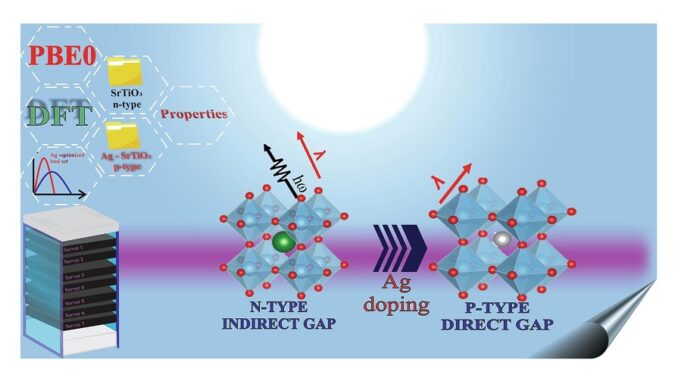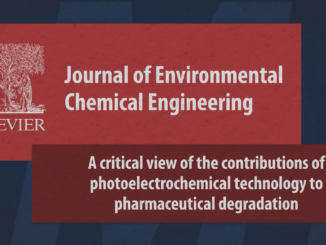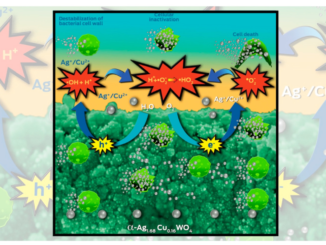
An accurate computational model to study the Ag-doping effect on SrTiO3
Abstract: Computational simulations via Density Functional Theory were carried out to study the effect of Ag-doping on SrTiO3 and its properties. For accurate results, the coefficients of the Ag basis set were optimized, and the Hartree-Fock exchange parameter of the PBE0 functional was modified. It was found that the doping reduces the Egap by 0.15 eV, modifying the indirect band gap to direct and transforming it from an n-type to a p-type semiconductor. The Crystal Orbital Hamilton Population (COHP) analysis revealed that the Ag-O bond was stronger for the anti-ligand states. The vibrational results showed that doping with Ag promoted a short-range structural disorder in the STO with the appearance of active Raman modes (Ag, B1g, B2g, and B3g). Therefore, Ag is an appropriate metal for the doping of SrTiO3 since it improves its optical absorption properties, thus opening up new possibilities for technology.
Author(s): Azevedo, S. A.; Laranjeira, J. A. S.; Ururi, J. L. P.; Longo, E.; Sambrano, J. R.
Computational Materials Science
Published: November 2022, Volume 214, 111693
DOI: https://doi.org/10.1016/j.commatsci.2022.111693
CDMF
The CDMF, hosted at the Federal University of São Carlos (UFSCar), is one of the Research, Innovation and Dissemination Centers (RIDC) supported by the São Paulo State Research Support Foundation (Fapesp), and also receives investment from the National Council Scientific and Technological Development (CNPq), from the National Institute of Science and Technology of Materials in Nanotechnology (INCTMN).




